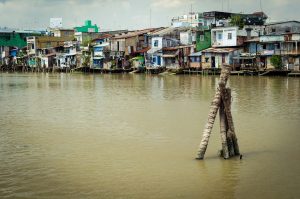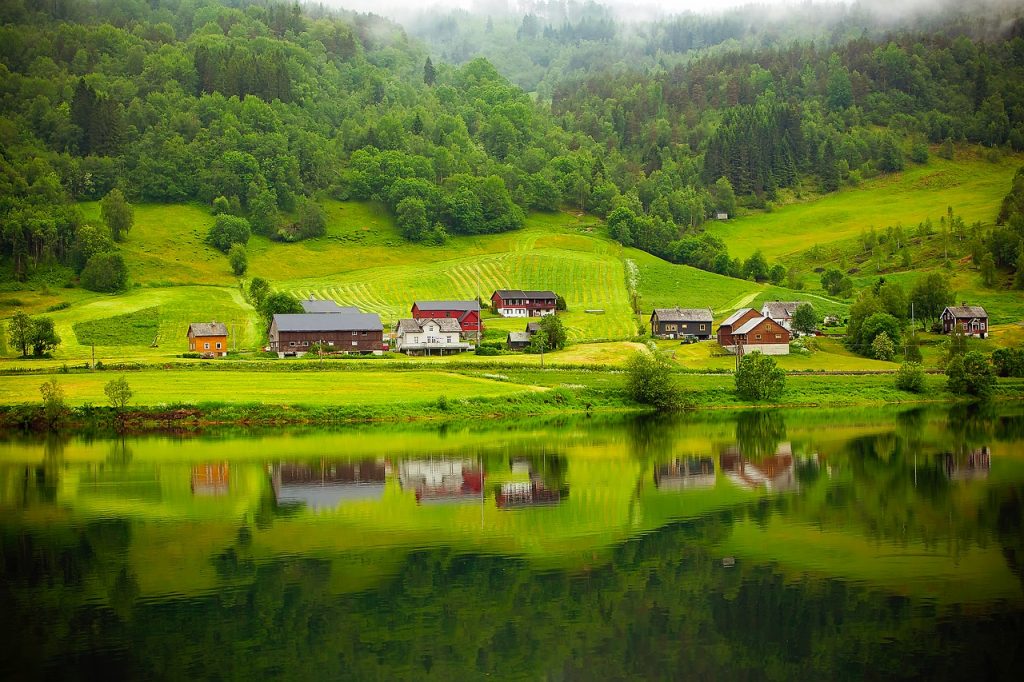
- Industries
Case Studies
Industries
- How It Works
- Contact
- About Us
- Alliances
With more than a 1.6 million new housing starts per year, (and more needed to keep up with houses that need to be “retired”) SREUS systems has an interesting potential to play a role in new subdivisions that are on the edge of existing utilities. Land outside of utility service is typically less expensive, however, the cost of extending utilities to these new areas can be prohibitively costly. SREUS can provide quick access to full utility services at competitive prices to these rural housing startups.

One man’s trash is another man’s treasure. Well, in this instance, perhaps your trash could be your treasure… When it comes to producing power and clean water using the SREUS system, there are many fuels that can power it:
We would love to discuss how this technology could benefit your industry!
Copyright 2020 SREUS Energy All rights reserved